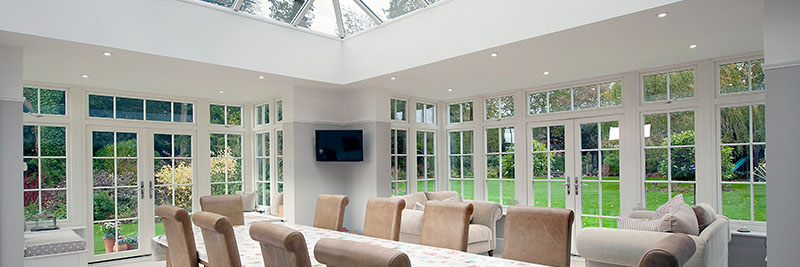Orangery Design Inspiration
Orangeries originated in the 17th century and were fashionable until the 19th century. Orangeries gained popularity from the Renaissance gardens of Italy as improving glass production technology allowed for large expanses of clear glass on buildings.
Since then, the design aesthetic and style of orangeries has always changed with the changes in surrounding building architecture. In our 20+ years’ experience in designing and building orangeries, we have witnessed orangeries evolve and change in similar ways. Given that knowledge, we've become experts in the field and can be trusted to increase the size of your property, and its overall value, with the design and build of a stunning orangery.
Traditional Style
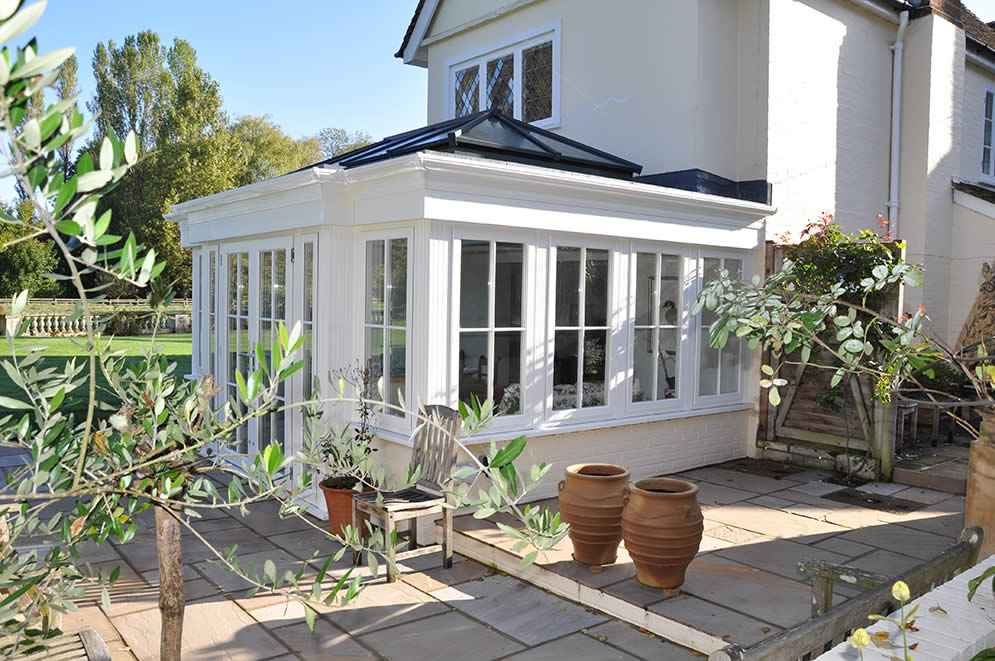
The first orangeries were often built in Renaissance or Baroque architecture to reflect their surrounding buildings (depending on the location and period in which it is built). These are what most people would describe as “traditional orangeries”.
Whilst these traditional orangeries aren’t built with the same materials and processes as they were back in the 17th through to the 19th century, they keep some of the design aesthetic of early orangeries and are usually designed this way to blend with an existing building of this style.
These orangeries typically feature sash windows, central double doors and a flat roof with a singular lantern design. Exterior colours are kept neutral and light to match with the building’s aesthetic.
Here you can see a traditional orangery, in-keeping with the property it’s attached to. The subtle, darker colours of the roof lantern and roof structure accentuate the brighter windows, doors and facias.
Modernist style
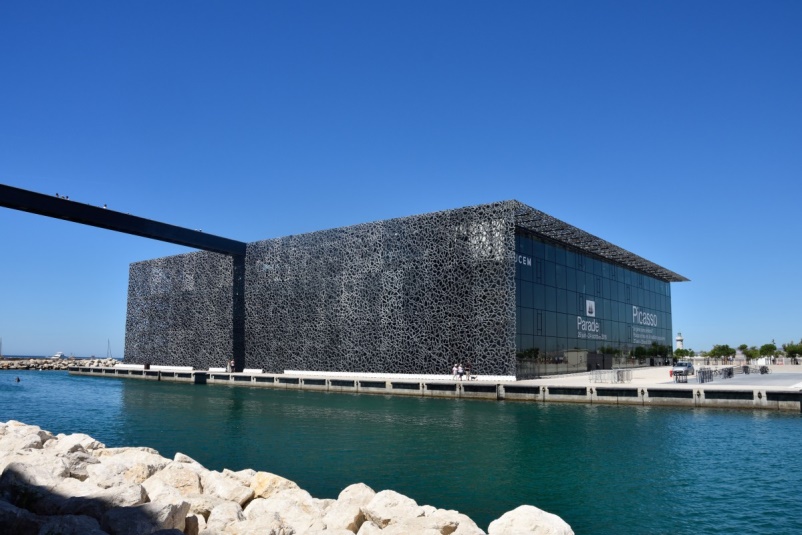
The term “Modern” doesn’t refer to futuristic or current design aesthetic. Modern refers to a specific period of design in the 1950s inspired by the machine age. The design focuses on large glass panels and exposed materials such as cement and metal.
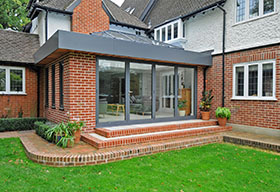 Modern orangeries are growing in popularity with today’s renovators and are an increasingly popular way of adding that “wow” factor to a home and increasing the liveliness of social and family areas. They feature large amounts of glazing with minimal obstructions to let in the most of the light available.
Modern orangeries are growing in popularity with today’s renovators and are an increasingly popular way of adding that “wow” factor to a home and increasing the liveliness of social and family areas. They feature large amounts of glazing with minimal obstructions to let in the most of the light available.
Modern orangery designs are often not bound to the aesthetic of the home that they are attached to, either. Today’s renovators aren’t afraid to pair steel, glass, and lighting with thatch and exposed brick to produce a truly unique look. The juxtaposition here makes it a favourite with many developers.
Externally, glazing frame colours and roofs are usually dark, in stark contrast with the surroundings. However, internally they are kept light and bright, to ensure maximum enjoyment. Modern orangeries may often feature multiple lanterns to break up the roofline.
CONTEMPORARY STYLES
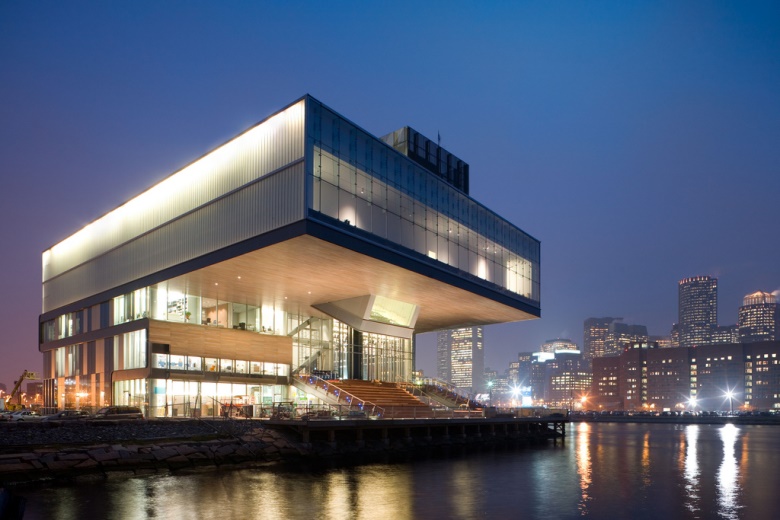
Contemporary design refers to designs “of the time”; what most people would incorrectly refer to as “modern”.
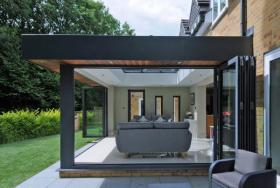 There are no dominant style choices in contemporary design unlike most other design eras. However, contemporary design is characterised by a design to “be noticed and to astonish”. Contemporary building designs are often asymmetrical, twisting or organic in design. Whilst they have a similar look to modernist styles, they’ll replace cold hard materials such as concrete and steel, in favour of more natural woods and stone.
There are no dominant style choices in contemporary design unlike most other design eras. However, contemporary design is characterised by a design to “be noticed and to astonish”. Contemporary building designs are often asymmetrical, twisting or organic in design. Whilst they have a similar look to modernist styles, they’ll replace cold hard materials such as concrete and steel, in favour of more natural woods and stone.



